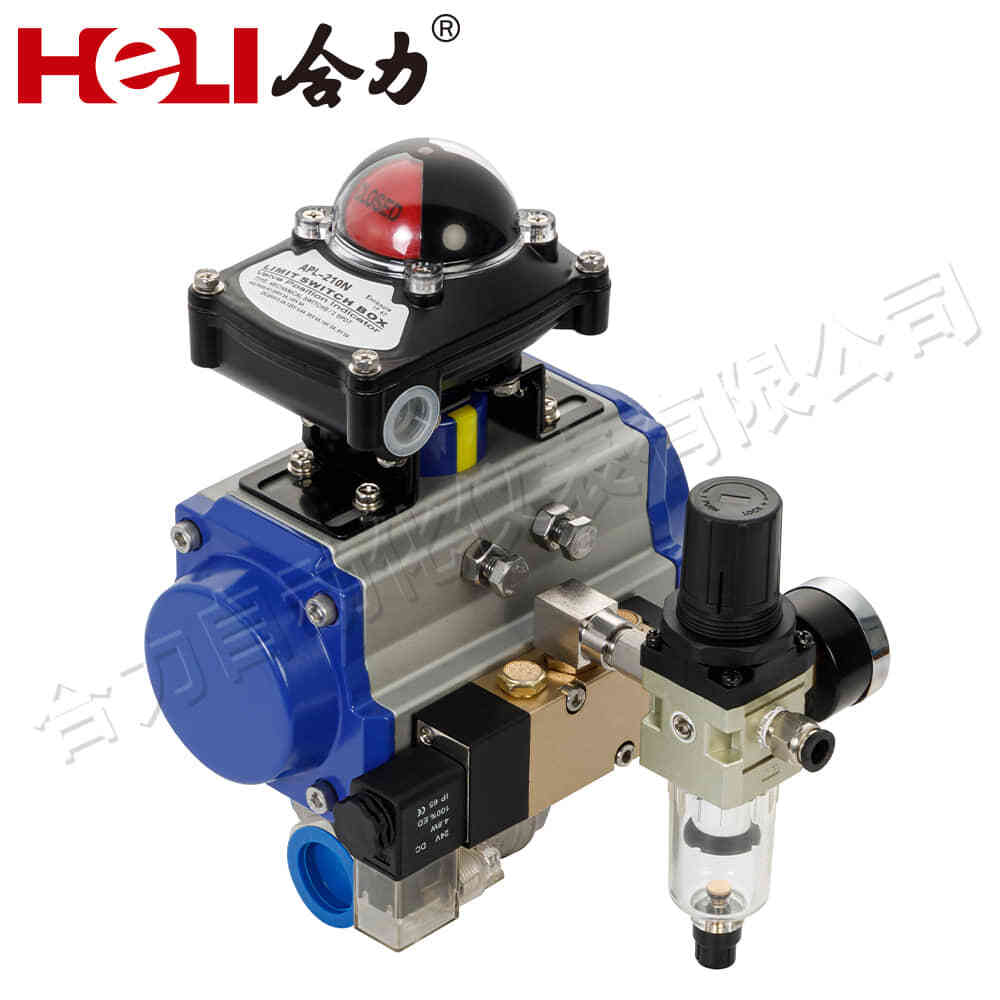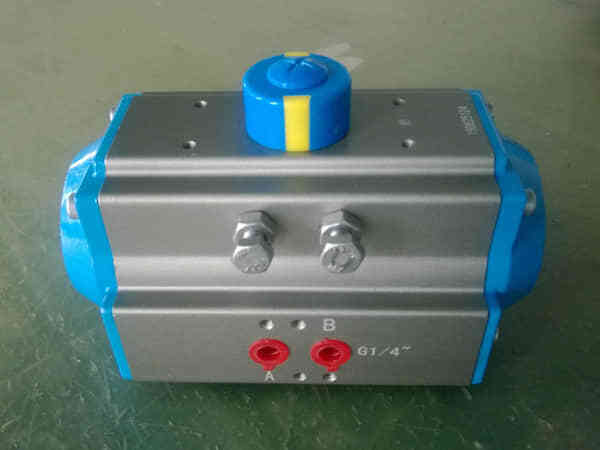Pneumatic actuators are vital components in many industrial systems, known for their efficiency, simplicity, and ability to convert compressed air into mechanical motion. These devices play a crucial role in industries ranging from manufacturing and automation to robotics and packaging. This article explores the working principles, types, applications, and benefits of pneumatic actuators, shedding light on their importance and versatility in modern systems.

What is a Pneumatic Actuator?

A pneumatic actuator is a mechanical device that uses compressed air to produce linear or rotary motion. The actuator consists of a cylinder, a piston, and various seals and valves. When compressed air enters the actuator, it moves the piston, creating motion that can be used to drive a mechanical system. Pneumatic actuators are often used where quick, repetitive, or high-force motion is required. The basic principle of a pneumatic actuator is simple: the actuator uses the energy stored in compressed air to create movement. This process is highly efficient and can be controlled with great precision using valves and pressure regulators. The simplicity of this design and its relatively low maintenance needs make pneumatic actuators a popular choice in many industries.
